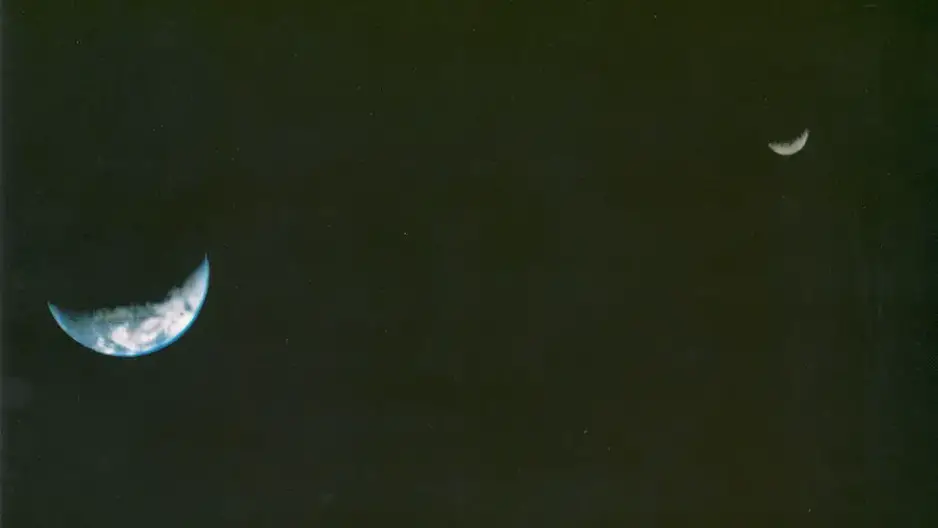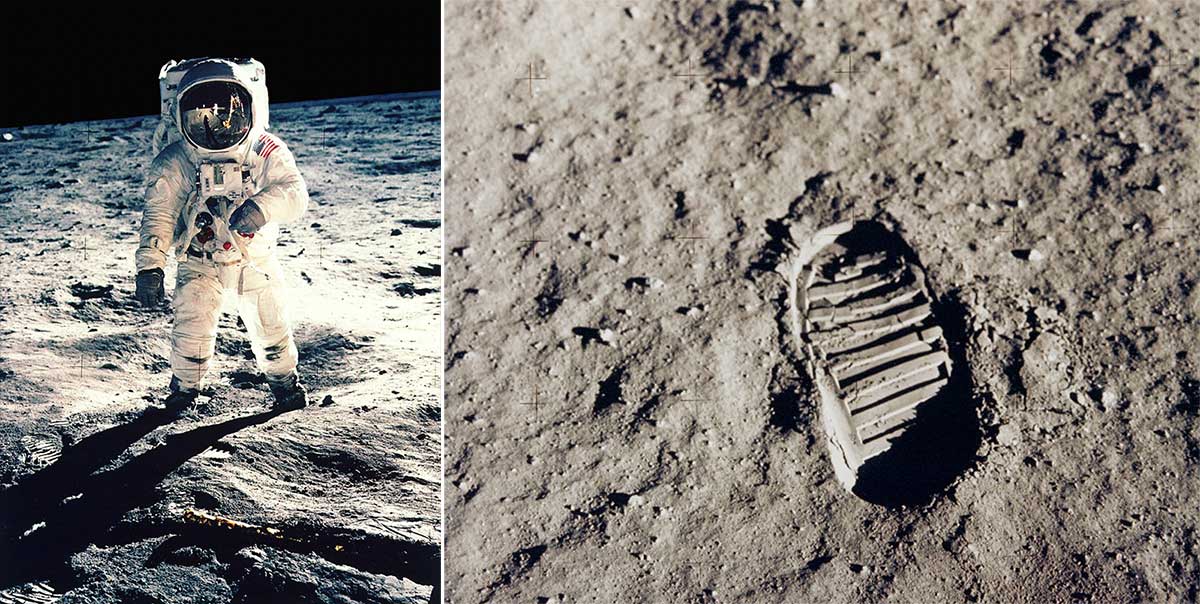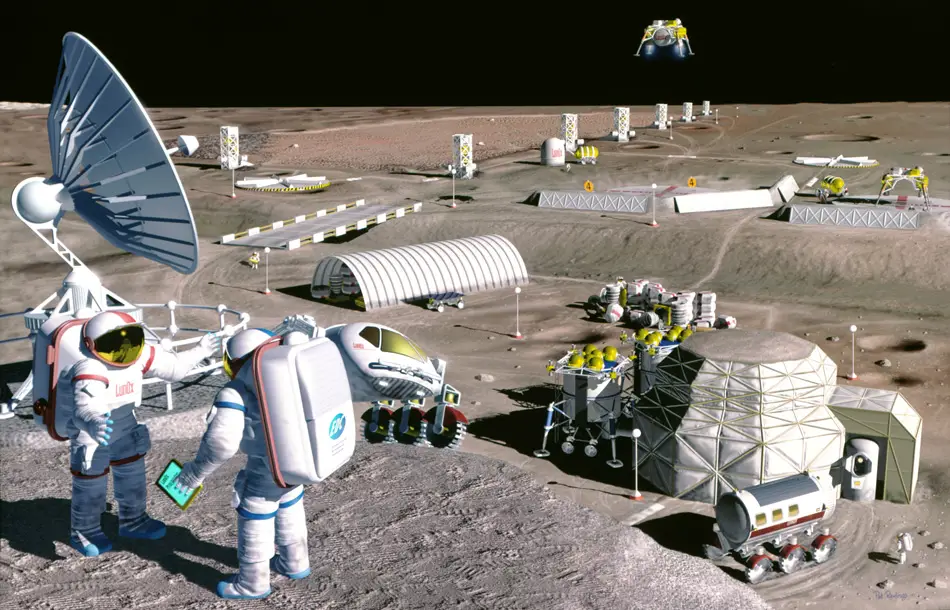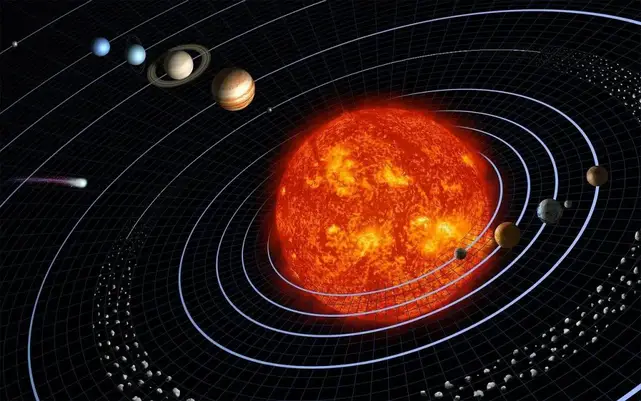The milky way is one out of trillions of galaxies that made up the observable universe. These galaxies are categorized into several types including spiral, irregular, elliptical, and peculiar galaxies. Our Milky Way galaxy and Andromeda galaxy, which is our closest neighboring galaxy fall under the spiral galaxy types. However, astronomers have discovered how close the Milky Way and Andromeda collision will occur as both galaxies are moving closer to each other every passing day.
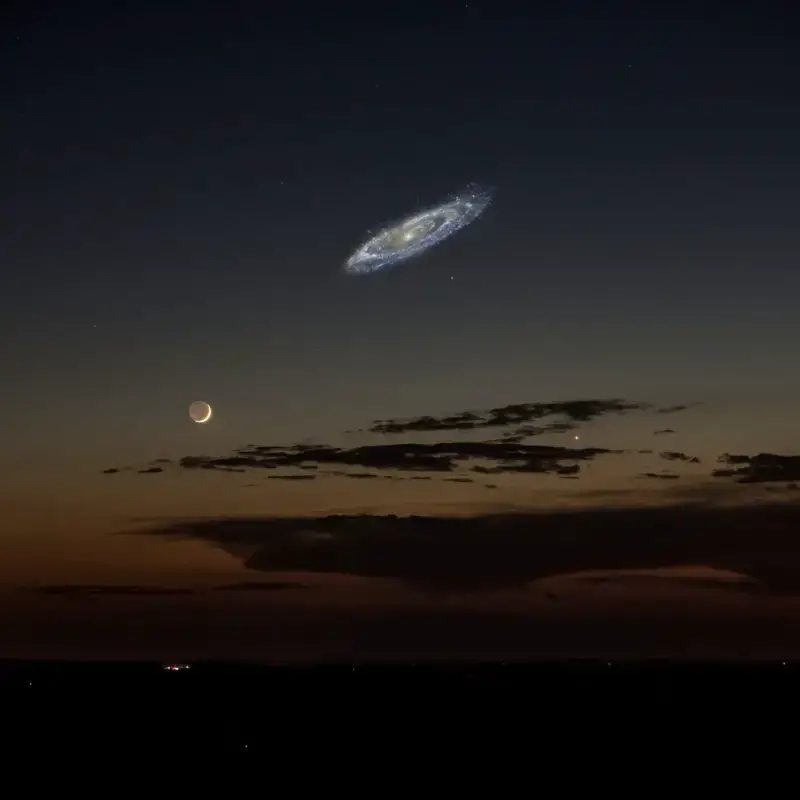
Since it is coming closer to us, the gigantic galaxy is supposed to be noticeable in our night sky when observed with the naked eye. However, astronomers are suggesting that as the spiral galaxy kept on moving closer to us, a time will come when the Andromeda galaxy will be bright enough in our night sky.
The Milky Way and The Andromeda galaxies are separated by 2.5 million light-years of distance. Despite the great distance standing between the two galaxies, scientists suggest that the merging between them has already begun.
How The Milky Way And Andromeda Collision Will Occur
Astronomers have earlier discovered that the Andromeda galaxy is moving toward our home galaxy at a speed of about 70 miles (113 km) per second. At this speed, scientists estimate that it will take about five billion years before Milky Way and Andromeda collision will occur. However, scientists published a study in the Astrophysical Journal about their new study which shows that the collision between the two massive galaxies is already underway.
Astronomers made the most recent discovery during Project AMIGA (Absorption Map of Ionized Gas in Andromeda). During this project, astronomers used the Hubble Space Telescope to observe deep into the Universe and study the deep-space surroundings of the Andromeda galaxy. Scientists revealed that spiral galaxies and other types of galaxies sit comfortably in a large envelope known as a galactic halo.
This galactic halo is made up of dust, gas, and stray stars. Generally, halos of galaxies appear so faint that they often appear so difficult to spot. However, astronomers that participated in this new study analyzed the size of the galactic halo of the Andromeda galaxy by studying the amount of light it absorbs from background quasars.
The researchers were astonished when they discovered that Andromeda galaxy’s halo is expanding much farther beyond its visible boundaries. Based on their scientific observation, the scientists realized that the halo even extends to half of the distance to our Milky Way up to 1.3 million light years. In other directions, the galactic halo of Andromeda extends even farther up to 2 million light years. At this rate of expansion, scientists concluded that Milky Way and Andromeda collision has already begun.
Are The Halos Of The Milky Way And Andromeda Galaxies Touching?
Based on the rate at which Andromeda’s halo is stretching, you may begin to wonder if the halos of the two galaxies are already touching each other. Scientists revealed that our vantage point inside the Milky Way made it difficult for them to accurately measure the characteristics of our home galaxy’s halo.
But since the two spiral galaxies appear to have similar sizes and physical appearance, astronomers suggest that the halo of the Milky Way may have taken a similar shape in the cosmos. With this suggestion, scientists assume that the faint halos of both galaxies may have started touching one another. In other words, the Milky Way and Andromeda collision has already begun with the merging of these faint galactic halos.
How Will Milky Way And Andromeda Collision Appear Like In The Future?
Image via NASA/ ESA/ Z. Levay and R. van der Marel, STScI/ T. Hallas/ A. Mellinger.
In 2012, NASA released some images showing what someone on Earth might observe as the Andromeda galaxy heads toward our direction. These images consist of Hubble Space Telescope measurements of the motion of the Andromeda galaxy with computer modeling of the unavoidable Milky Way and Andromeda collision.
Several studies published in 2012 revealed that the two spiral galaxies will merge to form a single massive elliptical galaxy (football-shaped galaxy).
When Will The Milky Way And Andromeda Collision Occur?
Based on several studies conducted so far, scientists are confident that the milky way and andromeda collision has already begun. However, it is only their faint galactic halos that are already merging. Scientists are suggesting that about 5 billion years from now, the Andromeda and the Milky Way galaxies will completely merge and become one giant elliptical galaxy.
What Happens To Stars And Planets When Galaxies Merge?
Scientists have discovered that galaxies across the universe often collide with each other on several occasions. Based on several galactic collisions observed with telescopes, astronomers learned that stars inside these galaxies are separated by great distances. Hence, the stars and planets in each galaxy do not collide with each other during galactic merging.
However, stars in each galaxy may be affected by the collision. In a study conducted in 2012, Scientists estimate that about a trillion stars of the Andromeda galaxy and about 300 billion stars of the Milky Way galaxy will be affected and move into a new orbit around the newly formed galactic center of the giant elliptical galaxy after the merging.
Will Humans Survive And Observe The Milky Way And Andromeda Collision?
Life on Earth was made possible because of the position of our planet around its host star. However, when the galactic merging is fully completed, the sun may be thrown into a new orbit around the new galaxy which may affect lives on Earth, that is if lives still exist on Earth by then. According to several studies, the sun will run out of energy and become a red giant about 7.5 billion years into the future.
It will increase in its size and consume Earth and other neighboring planets. However, before the sun becomes a red dwarf, its brightness and luminosity will increase and make life unbearable on Earth. Scientists estimate that the intensity of the sun might make life unbearable on Earth in the next four billion years to come.
This is because solar activities will increase solar radiation reaching our home planet and Earth’s surface temperature will surely increase. Scientists are suggesting that Earth may pass through a runaway greenhouse effect and become the next Venus at this period. Hence, chances exist that life will not be possible on Earth when Milky Way and Andromeda collision is completed.
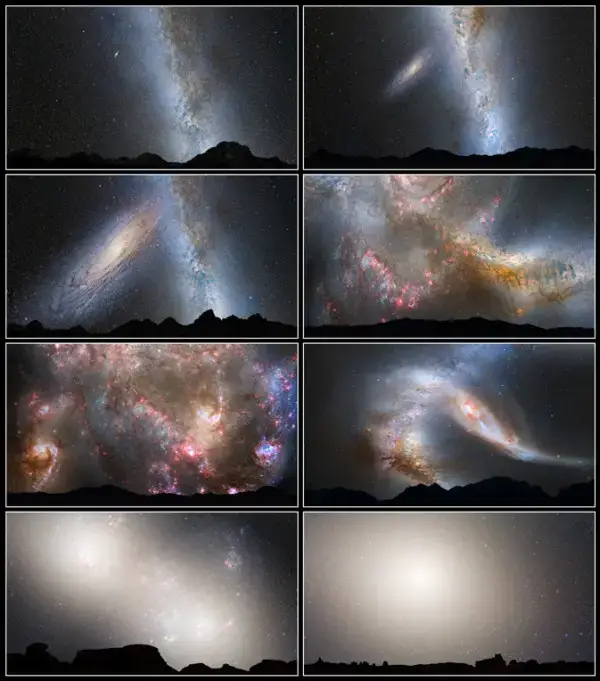
However, since humanity is advancing technologically at a faster pace, our descendants may observe the galactic merging from another star system within the Milky Way Galaxy. They may even take advantage of the galactic merging to spread out and have more planetary systems to explore. Imagine where a trillion stars are coming to join 300 billion stars in the milky way to form a massive elliptical galaxy. Future civilizations will surely have a lot to benefit from this merging.
Conclusion
Milky Way and Andromeda collision has remained one of the most interesting discoveries made by scientists. Even though the two galaxies are billions of years away from completely becoming one body, scientists are suggesting that the collision has already begun from the outer faint galactic halos. What do you think about our milky Way merging with the Andromeda galaxy?
